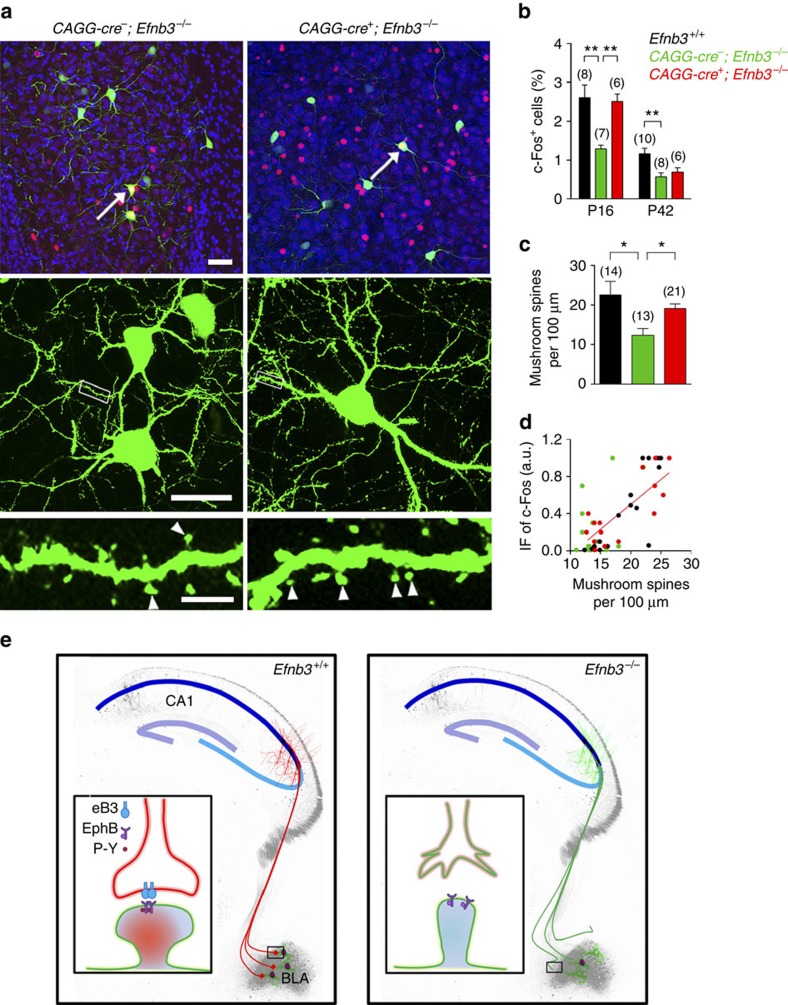Figure 5. Time-specific eB3 rescues synaptogenesis and defensive responses in Efnb3−/− mutant.
(a) eB3 rescue improved spine maturation and c-Fos activation in BLA neurons at P16 following tamoxifen administration at P12 in CAGG-Cre+; Efnb3−/− mice. Scale bars, 40 μm, 25 μm and 5 μm for the upper, middle and lower panels, respectively. (b) The percentage of c-Fos-positive cells in BLA in CAGG-Cre+; Efnb3−/− mice after an EPM trial at P16 increased significantly compared with CAGG-Cre−; Efnb3−/− mice following tamoxifen treatment at P12 but not that at P38. n values of mice used are indicated above group bars. **P<0.01, one-way ANOVA. (c) eB3 rescue increased the density of mushroom spines in BLA neurons at P16 following tamoxifen administration at P12 in CAGG-Cre+; Efnb3−/− mice. n values of neurons from 5 to 6 mice each group are indicated above each group bar. *P<0.05, one-way ANOVA. (d) Correlation of c-Fos immunofluorescence (IF) and the density of mushroom spines in c-Fos-positive neurons (left panel) in Efnb3+/+, CAGG-cre−; Efnb3−/− and CAGG-cre+; Efnb3−/− mice after EPM trial at P16. n=18 neurons from 6 mice for Efnb3+/+, r2=0.74; n=19 neurons from 7 mice for CAGG-Cre−; Efnb3−/−, r2=0.23; n=17 neurons from 6 mice for CAGG-Cre+; Efnb3−/−, r2=0.65. All the samples were from triplicated experiments. (e) Model of timed pre- and post-synaptic coordination for inter-nucleus neuronal connection for defensive neuronal responses. Pre-synaptic eB3 guides hippocampal axon targeting to connect with amygdala neurons through binding with EphB receptors. The eB3-EphB tetramer formation and EphB receptor kinase activation consolidate the trans-nucleus neuronal connection that is required for spinogenesis and threat stimulated defensive responses in BLA neurons. The mushroom spinogenesis and defensive neuronal activity are disrupted in Efnb3−/− mice.

